Earliest known stone tools in Europe are 1.4 million years old. And they weren't made by modern humans.
Homo erectus may have crafted these stone tools 1.4 million years ago in what is now Ukraine.

Stone tools in Ukraine dated to 1.4 million years ago may be the earliest solid evidence of humans in Europe, a new study reveals. The makers of these tools likely weren't Homo sapiens but a close, now-extinct relation.
Scientists analyzed finds from the archaeological site of Korolevo in western Ukraine, where researchers have unearthed stone tools, such as choppers, from the Paleolithic (2.6 million to 10,500 years ago) since the site's discovery in 1974.
The artifacts at Korolevo were made by hominins — the group that includes modern humans and the extinct species more closely related to humans than any other animal — but it's unknown which species created them. Other hominins reached Europe long before Homo sapiens did. While modern humans left Africa as early as about 270,000 years ago, now-extinct human species had already migrated from Africa to Eurasia by at least 1.8 million years ago.
The oldest artifacts at Korolevo were stone tools left on a riverbed and had been made in the Oldowan style, the most primitive form of human tool-making, the researchers noted. Similar tools have been found at the oldest known sites of human occupation in Africa, Europe and Asia. The artifacts at Korolevo had been buried by river sediment and later by wind-blown dust, and then eventually uncovered by workers at a stone quarry.
Previous research failed to precisely date the oldest artifacts at Korolevo. In the new study, scientists employed a technique called cosmogenic nuclide burial dating, which relies on cosmic rays — high-energy particles that constantly bombard Earth from outer space. Cosmic rays can trigger nuclear reactions inside rocks on the surface, creating radioactive isotopes (different versions of elements) that are normally extremely rare on Earth. As these so-called cosmogenic nuclides are formed when these rocks are exposed at the surface but not when buried underground, researchers can analyze levels of different cosmogenic nuclides to estimate when they were buried.
Related: Our mixed-up human family: 8 human relatives that went extinct (and 1 that didn't)
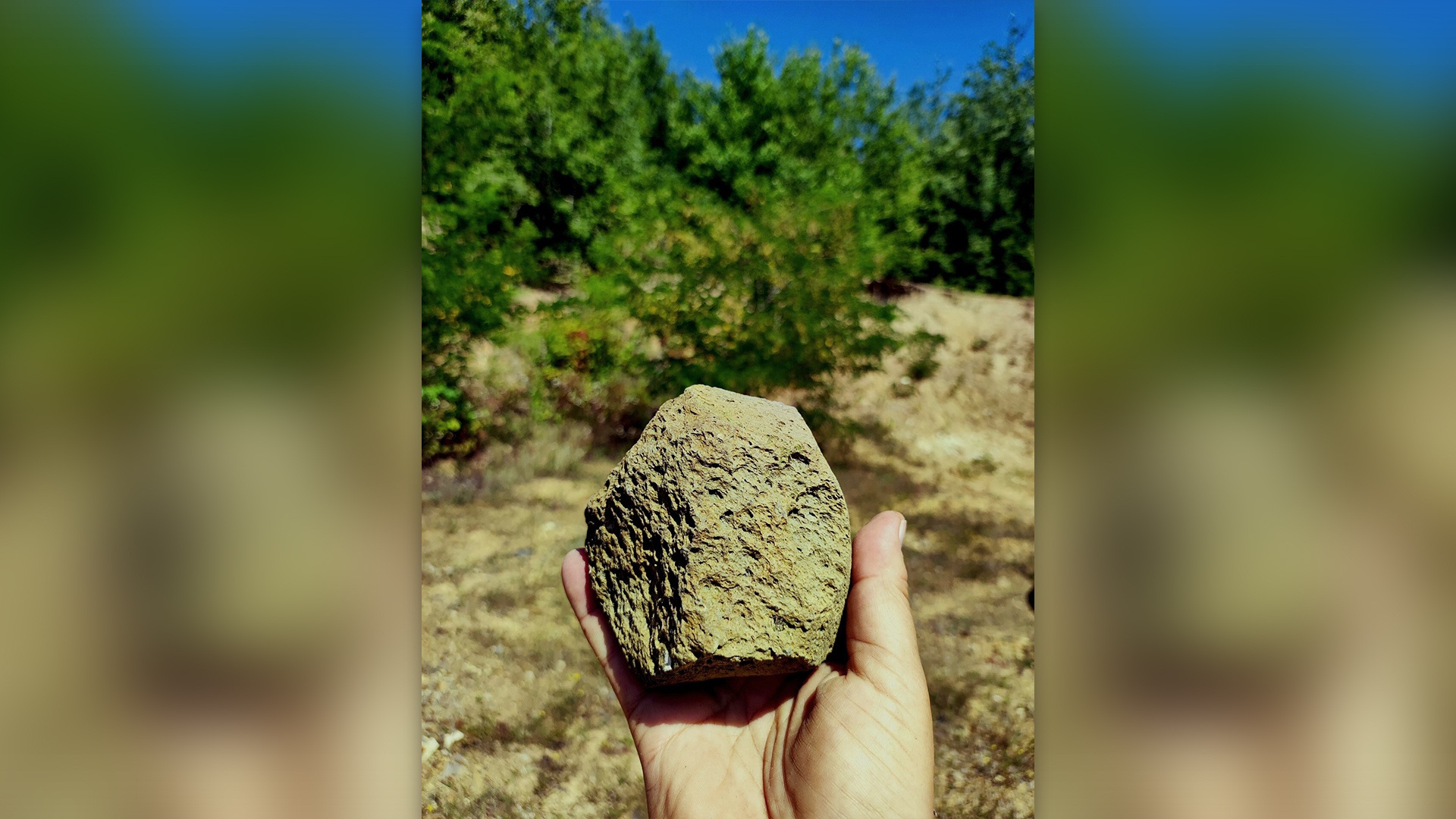
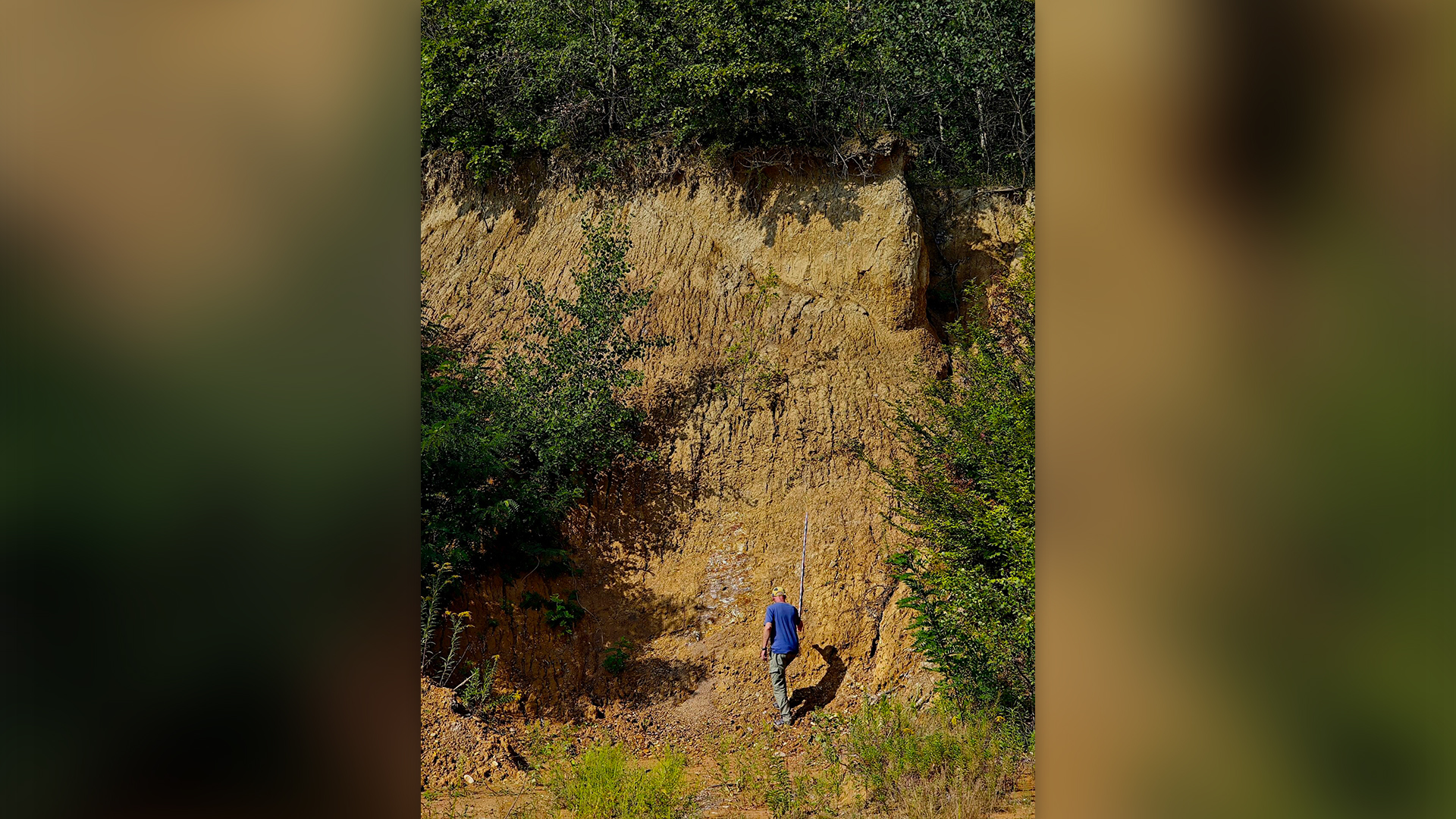
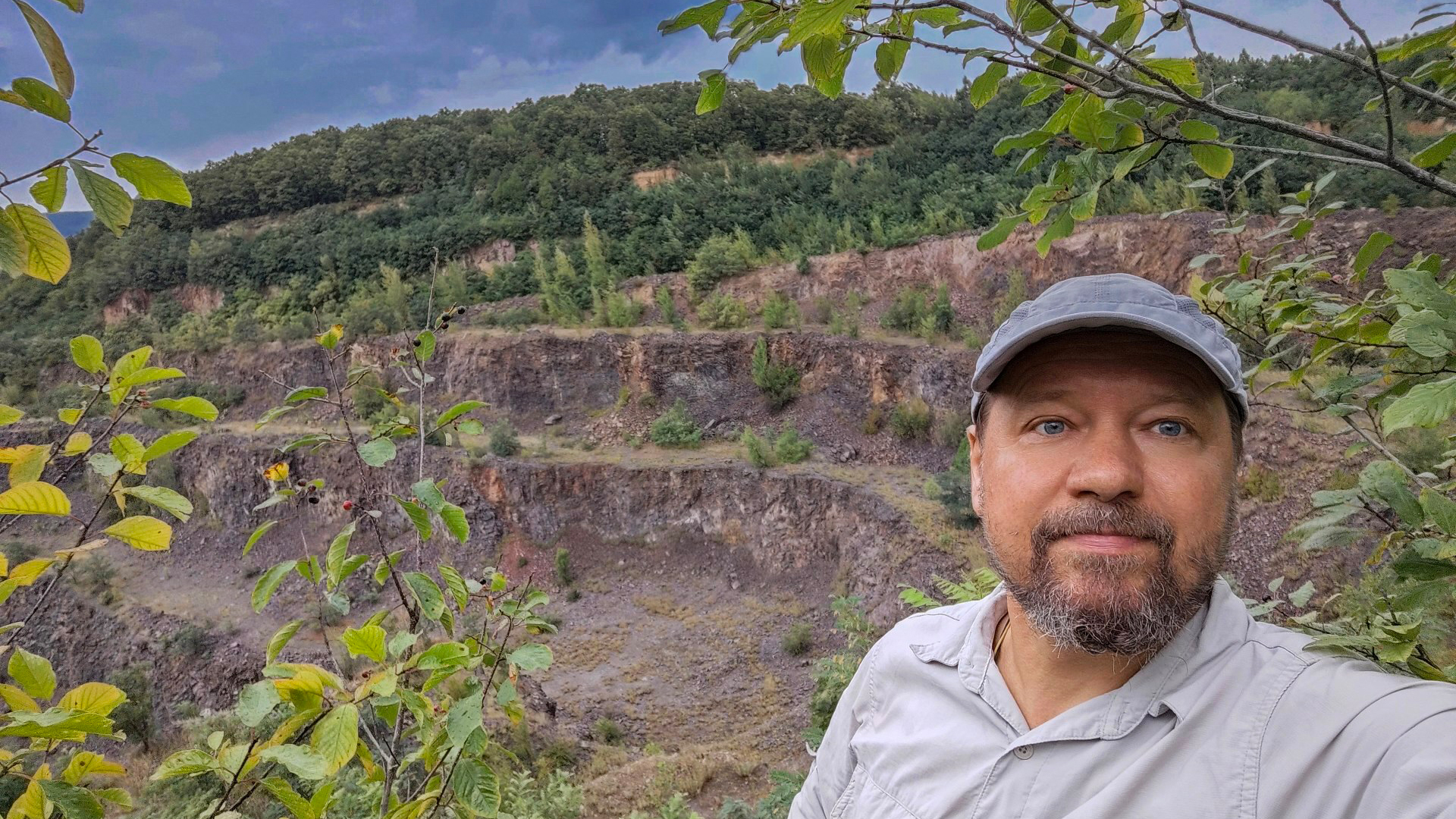
The earliest stone tools at Korolevo may be about 1.4 million years old, the scientists found — meaning the site contains the earliest known evidence of hominins in Europe.
Get the world’s most fascinating discoveries delivered straight to your inbox.
"Confidently dated early hominin sites are scarce in Europe," Toshiyuki Fujioka, a senior researcher of cosmogenic nuclide dating at Spain's National Research Center on Human Evolution who did not participate in this study, told Live Science. "This study provides a much-needed reliably dated chronological site to add fuel to our discussion on ancient human migration."
While the tools are too old to be the work of either modern humans or our closest extinct relatives, Neanderthals and Denisovans, they could be the work of Homo erectus, an extinct human species that first appeared in Africa about 2 million years ago and later spread to Asia and Europe, the researchers said.
"Korolevo is the northernmost outpost found so far of what we presume to be Homo erectus, and is testimony to the intrepidness of this ancestor," study co-author John Jansen, a senior researcher at the Czech Academy of Sciences' Institute of Geophysics in Prague, told Live Science. "It's possible sites even farther north lie deeply buried or were destroyed by glaciers."
East to west colonization
Previous research found hominins occupied the Caucasus Mountains in Asia about 1.8 million years ago and what are now France and Spain about 1.2 million years ago. Korolevo is located midway between those sites in Asia and Europe, and the evidence now suggests that hominins may have colonized Europe from east to west.
"The age of the stone tools at Korolevo confirms a long-held hypothesis regarding the direction from which Europe was first colonized," Jansen said. One potential route for hominins westward from Ukraine would have been across the Pannonian Basin in southeast Central Europe, the researchers said.
Related: Humans faced a 'close call with extinction' nearly a million years ago
However, this argument of an east-to-west route is based on just three sites in Spain, France and Ukraine. "The neat story of east-to-west migration from Western Asia into Europe could get up-ended overnight if a site dating to 1.6 million years old, say, were found in Western Europe, but such is nature of paleoanthropology," Richard Roberts, director of the Australian Research Council's Centre of Excellence for Australian Biodiversity and Heritage, who did not participate in this study, told Live Science.
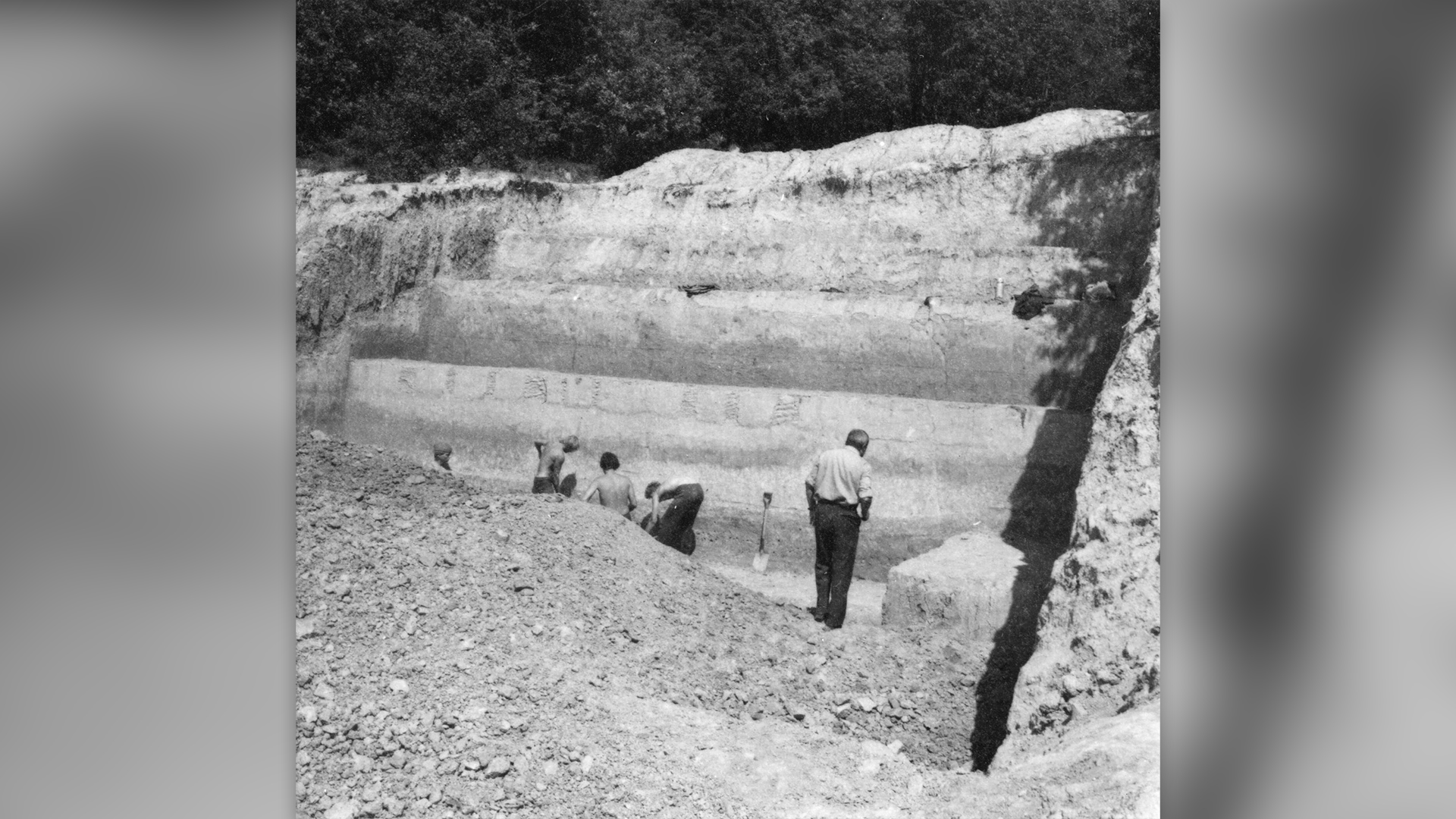
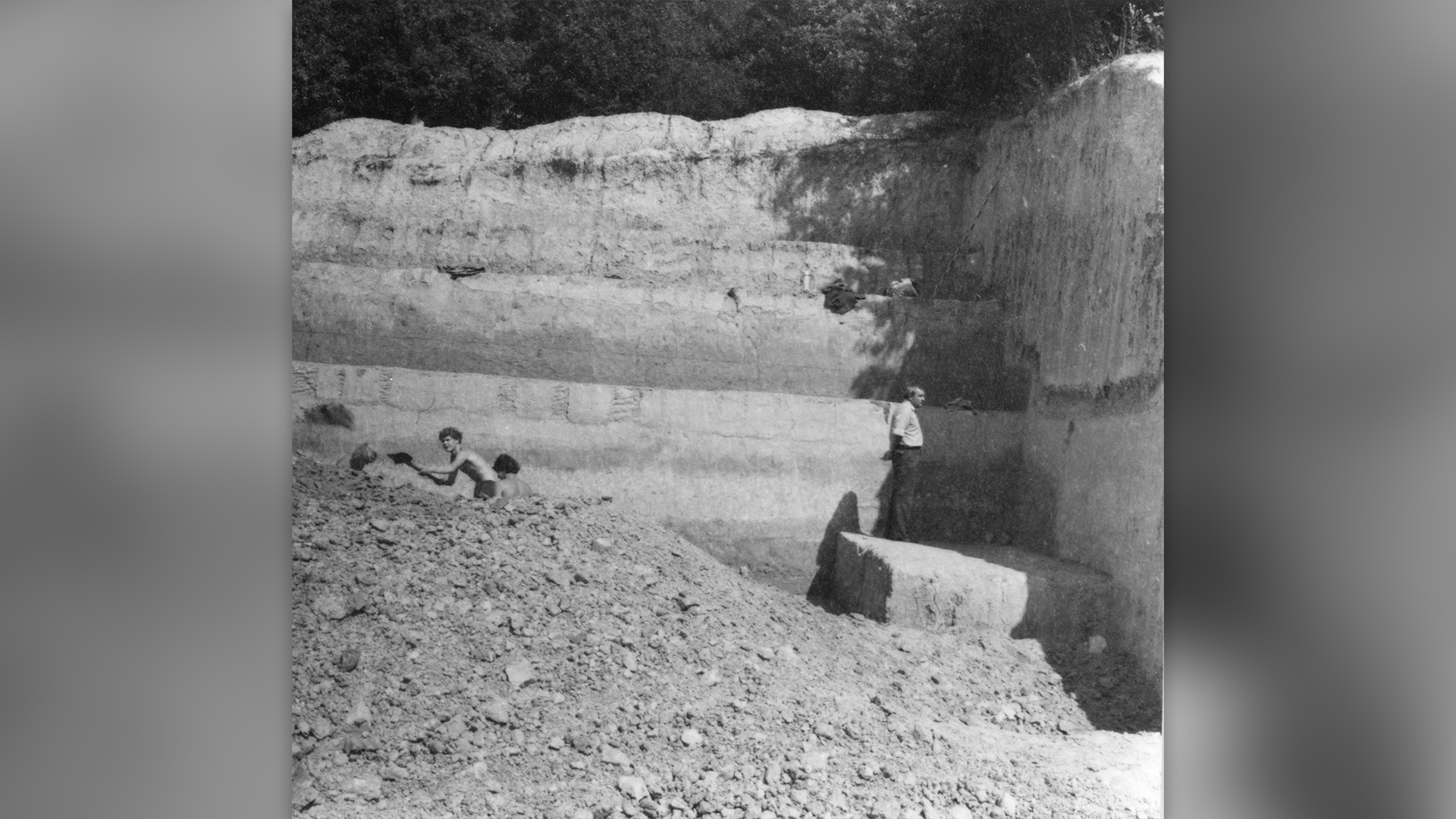
Still, "I think this new paper nicely fills a gaping hole in our current knowledge of early human migrations into Europe," Roberts said. "More well-dated sites are needed to increase our confidence in when Europe was first colonized and by which routes."
Warm exploration
During warm periods in Earth's history, known as interglacials, glaciers retreated to reveal new landscapes for early humans to explore, such as Europe, Jansen explained. The oldest artifacts at Korolevo were buried during three interglacials that were among the warmest of the past few million years, which could help explain why the hominins that made them were able to disperse so far north.
Although 1.4 million years ago marked a warm period in that region, its northern location still would have experienced a great deal of variability across the seasons, Michael Petraglia, director of the Australian Research Center for Human Evolution at Griffith University who did not participate in this study, told Live Science. This means "the Korolevo evidence suggests that early hominins were behaviorally more flexible in their adaptations than previously recognized," he said.
The scientists detailed their findings online March 6 in the journal Nature.

 Live Science Plus
Live Science Plus






